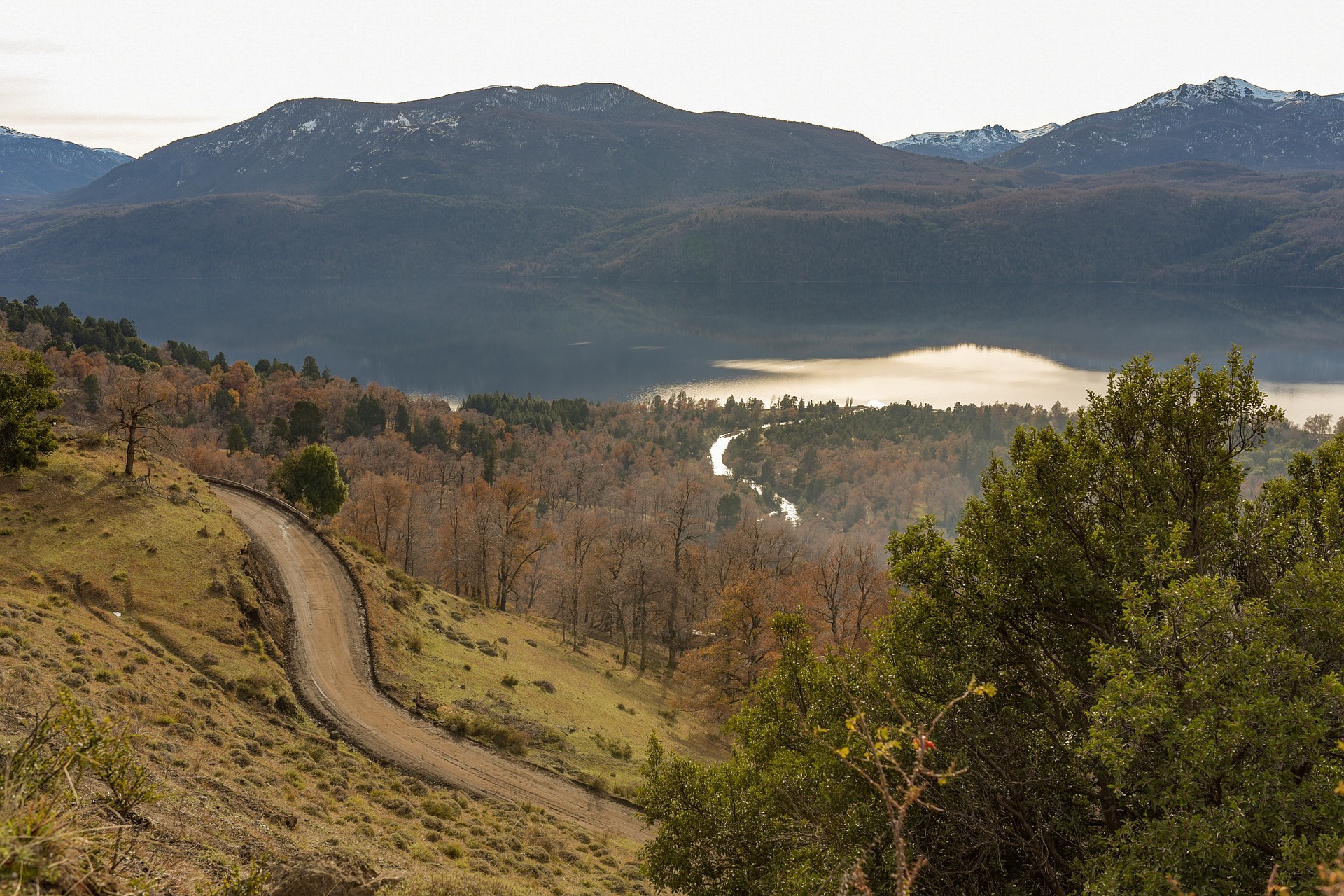Patagonia’s Historical Landmarks: An Enthralling Odyssey Through Time
Patagonia, a region shared by Argentina and Chile, has long been an irresistible allure for travelers worldwide. This vast, unspoiled wilderness is teeming with stunning landscapes, unique wildlife, and captivating historical landmarks that offer a fascinating glimpse into the area’s rich and varied history. This article takes you on a journey through time, exploring some of Patagonia’s most significant historical landmarks.
The Ancient Rock Art of Cueva de las Manos
The Cueva de las Manos, or Cave of Hands, is one of Patagonia’s oldest and most extraordinary historical landmarks. Located in Santa Cruz, Argentina, this ancient site features rock art dating back to 7300 BC. The cave walls are adorned with hundreds of handprints, animal figures, and abstract symbols, offering a unique window into the lives of the region’s earliest inhabitants.
Highlights of the Site
- The handprints, predominantly left hands, believed to be part of initiation rites.
- The hunting scenes depicting guanacos, a native South American camelid, hint at the primary food source.
The Welsh Settlements in Chubut Province
In the late 19th century, Welsh settlers arrived in Chubut Province, seeking freedom to preserve their culture and language. Today, their influence is still palpable in towns like Trelew and Gaiman, where Welsh teahouses serve traditional tea and bara brith, a fruit loaf.
Key Points to Explore
- The Old Patagonian Express, or ‘La Trochita,’ a steam train that offers a nostalgic journey across the rugged landscape.
- The Museo Histórico Regional in Trelew, showcasing the history of the Welsh settlement.
Punta Arenas: A Beacon of Maritime History
Punta Arenas, a city on Chile’s southern tip, was once an important stopover for ships navigating between the Atlantic and Pacific Oceans. The city’s maritime history is beautifully preserved in sites like the Museo Nao Victoria, which houses replicas of historical ships.
Noteworthy Landmarks
- The Cemetery of Punta Arenas, final resting place of many significant figures from the city’s maritime past.
- The Palacio Sara Braun, a lavish mansion-turned-hotel that echoes the city’s era of prosperity during the 19th-century gold rush.
The Estancias of Tierra del Fuego
Tierra del Fuego, an archipelago off the southernmost tip of the South American mainland, boasts historical estancias (ranches) that played a vital role in the region’s sheep farming industry. Visiting these estancias offers insight into the harsh yet rewarding rural life in Patagonia.
Must-Visit Estancias
- Estancia Harberton, the oldest estancia in the region, established by Anglican missionary Thomas Bridges.
- Estancia Maria Behety, one of the largest sheep farms in Tierra del Fuego.
The Bottom Line
Patagonia’s historical landmarks serve as living relics of the region’s rich past, offering fascinating stories of ancient civilizations, brave settlers, and industrious communities. A journey through these landmarks not only satisfies the thirst for adventure but also deepens the understanding of Patagonia’s unique cultural tapestry. Whether you’re a history buff, an outdoor enthusiast, or a curious traveler, Patagonia’s historical landmarks promise an unforgettable voyage through time.





